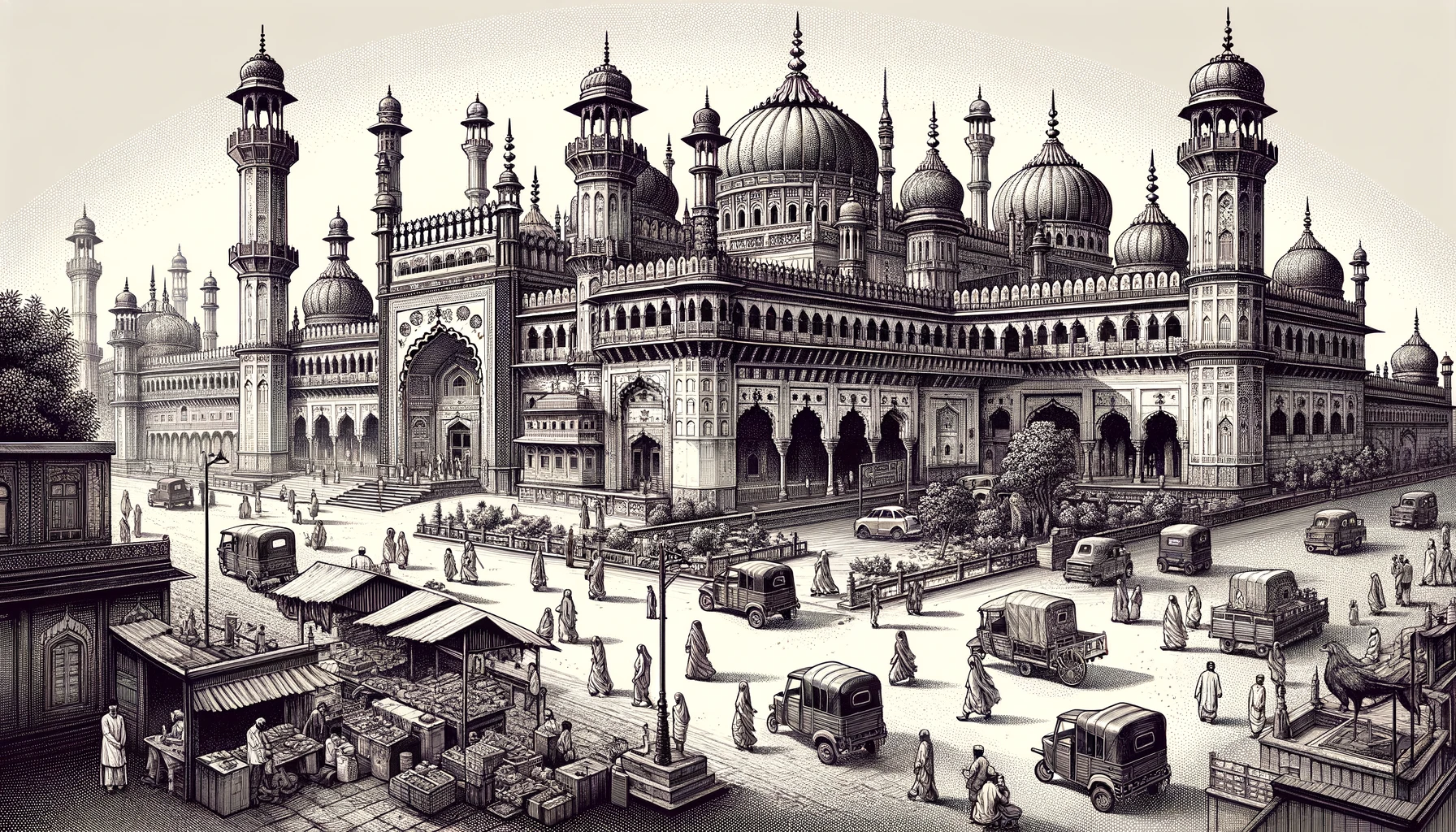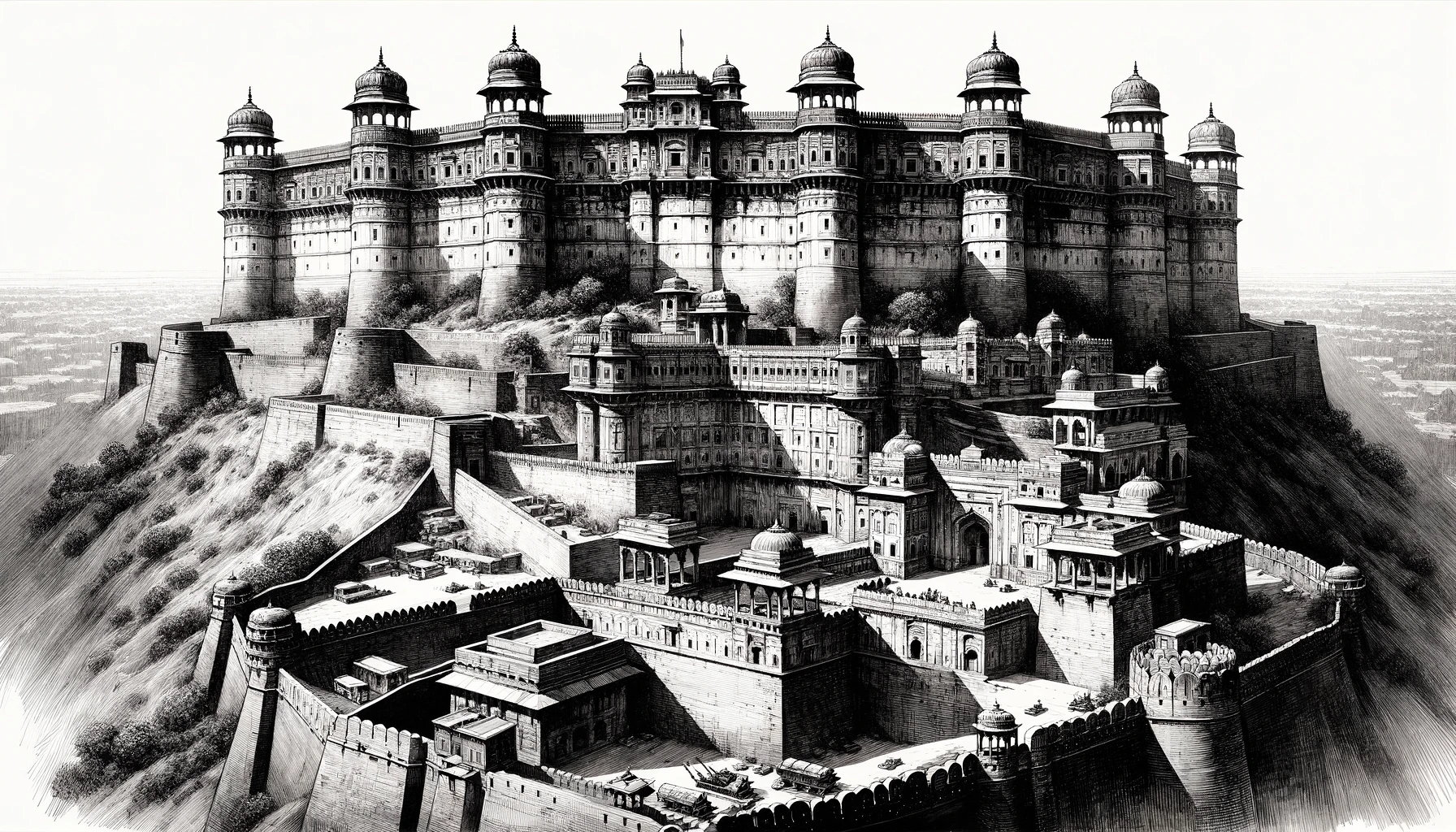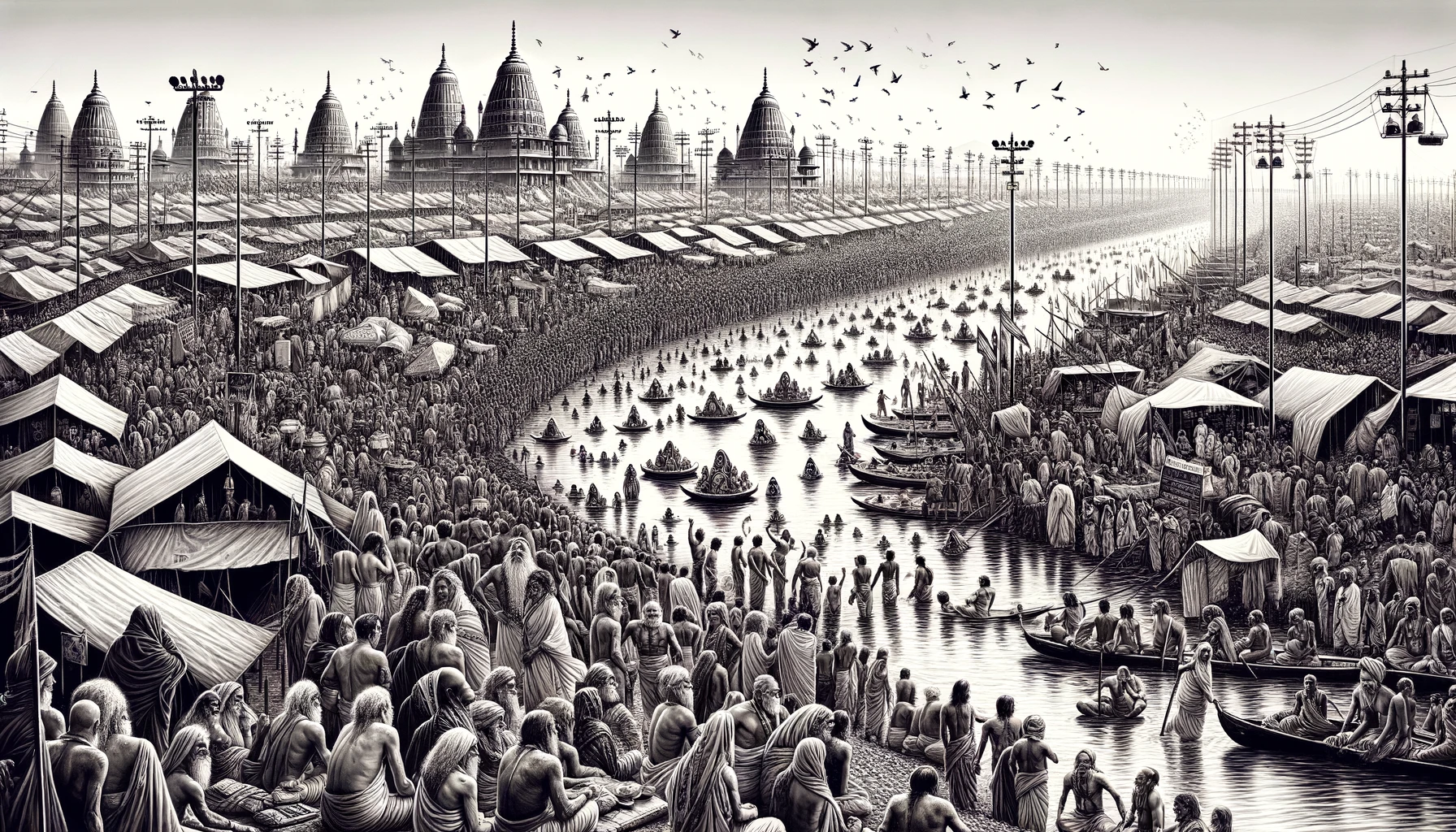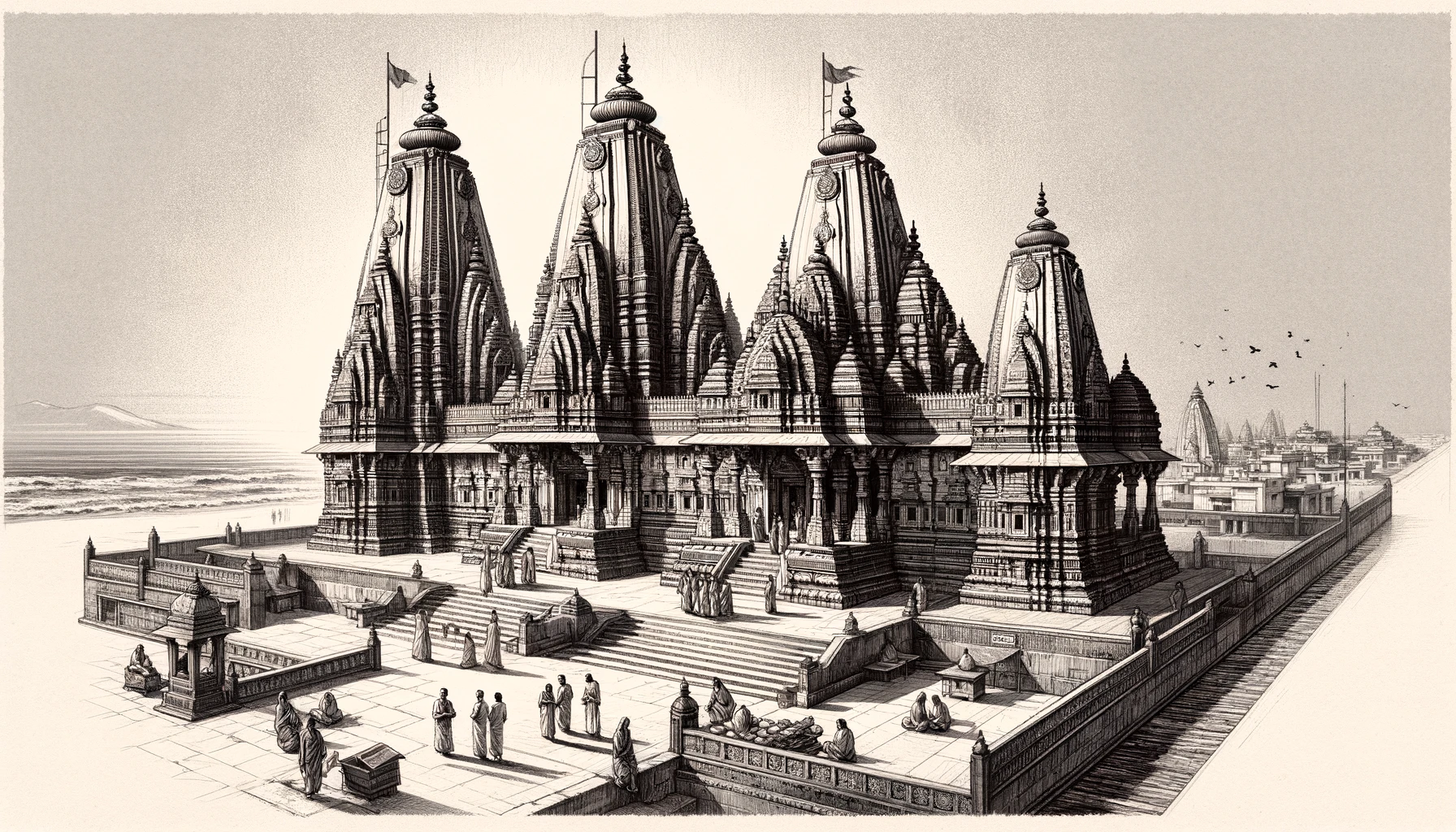Just as Ayodhya is inextricably linked with Lord Rama, offering insights into his life, virtues, and reign, it’s imperative to explore another pivotal city that complements this narrative from the Ramayana—Mithila. This ancient kingdom, synonymous with Sita, Rama’s consort, serves as a vital counterpart to Ayodhya, presenting a rich tapestry of culture, spirituality, and intellectualism that is as profound and influential.
Discovering Mithila: A Blend of Mythology, Art, and Philosophy
Nestled in the vibrant landscapes of the northern Gangetic plains, spanning what is today northern Bihar, India, and southeastern Nepal, lies the historical and mythological realm of Mithila. This kingdom, also known as Videha, is revered not only for its ancient roots but for being the birthplace of Sita, a central figure in the Ramayana, embodying devotion, strength, and virtue.
The Foundations of Mithila
Mithila’s story is rich with historical depth and mythological narratives, tracing its origins back to King Mithi. It rose to prominence as a center of Vedic learning and spirituality, attracting scholars and sages, thereby enriching the intellectual landscape of ancient India. The discovery of Sita by King Janaka, while ploughing a field, intertwines Mithila’s destiny with the epic saga of the Ramayana, emphasizing its integral role in the narrative.
Intellectual Richness and Artistic Heritage
Beyond its mythological significance, Mithila was a beacon of intellectual pursuit and philosophical inquiry. Its kings, including Janaka, were not merely rulers but patrons of philosophy and dialogue, contributing to the richness of Vedanta and Nyaya schools of thought. The literary contributions in the Maithili language, alongside the celebrated Madhubani art, highlight the region’s cultural and artistic vibrancy.
The Contemporary Echoes of Mithila
Mithila’s legacy continues to resonate through its festivals, literature, and the global appreciation of Madhubani art, symbolizing a rich blend of tradition and modernity. Despite facing challenges, the region is a testament to the enduring spirit of its heritage, bridging the ancient and contemporary worlds.
Conclusion: The Everlasting Legacy of Mithila
Mithila and Ayodhya together frame the Ramayana’s narrative, offering a holistic view of the epic’s cultural and spiritual dimensions. Mithila’s historical significance, coupled with its mythological, intellectual, and artistic contributions, enriches our understanding of the cultural fabric of South Asia. Its story is a celebration of resilience, tradition, and the profound impact of cultural and spiritual heritage on human civilization.



